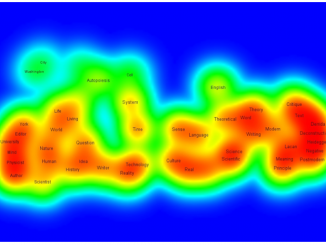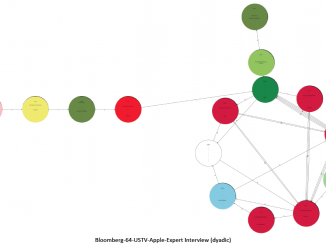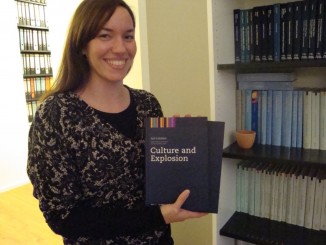Scholars interested in human communication have long recognized that it is necessary to extend the purview of the field of semiotics to include all types of sign-making activity. Barthes (1957/1972: 112), advocating the development of “a semiological science” as earlier suggested by Saussure (1916/1975), drew attention to the diversity and ubiquity of signs: “In a single day, how many really non-signifying fields do we cross? Very few, sometimes none…on the beach, what material for semiology! Flags, slogans, signals, signboards, clothes, suntan even, which are so many messages to me”. It is no surprise then that scholars within the semiotics tradition have attended to the development and proliferation of interactive digital media and software technologies throughout the last century, and the expansion therein of the human capacity for meaningful sign-making activity. This has led to study of multimodality which concerns the often complex interactions of multiple signs, within different semiotic resources such as (spoken and written) language, (static and moving) image, gesture, proxemics, cinematography, sounds, music and displayed art (see Jewitt, 2009; Kress & van Leeuwen, 2006; O’Toole, 1994). […]







